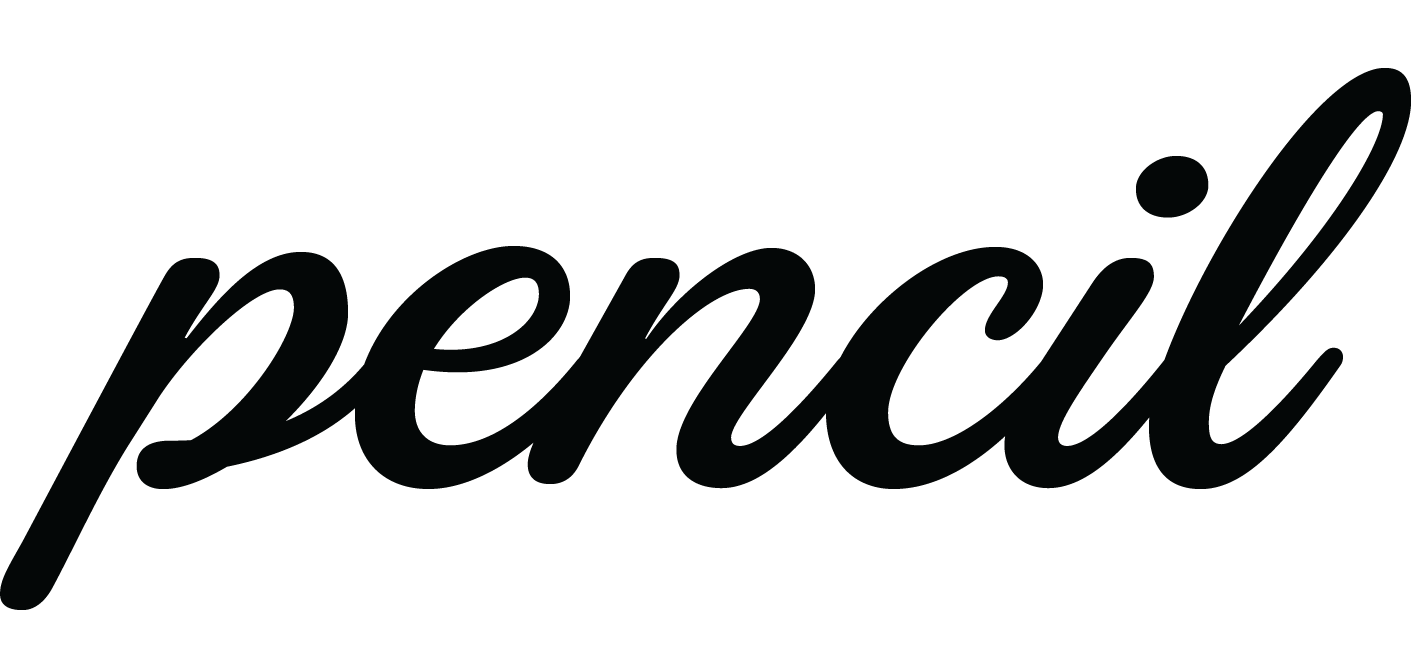Why 2D AI jewelry design platforms can't replace true 3D design
The jewelry design industry is buzzing with AI-powered platforms promising to revolutionize how we create custom pieces.
2D AI generation tools have captured attention with their ability to produce stunning jewelry sketches and concept art. But here’s the uncomfortable truth most platforms won’t tell you: 2D AI is just the beginning of your design journey, not the end.
The Hidden Costs of 2D AI Jewelry Design
You're Still Only Halfway There
2D platforms create beautiful drawings – there’s no denying that. But drawings don’t manufacture jewelry.
Every single 2D AI-generated design still requires a complete 3D CAD conversion process before it can become a real piece of jewelry.
Think about it: you’ve spent time (and money) generating the perfect 2D concept, only to discover you need to hire a CAD designer or learn complex software to turn that image into something a jeweler can actually make.
You’re essentially paying twice – once for the AI generation and again for the manufacturing preparation.
The reality check: Traditional CAD conversion can take days or weeks and cost hundreds to thousands of dollars per design. Your “instant” AI design just became a months-long project with mounting costs.
The Hallucination Problem Nobody Talks About
2D AI has a dirty secret: it hallucinates. A lot.
AI jewelry design tools might generate a stunning ring concept, but look closer. Is that setting actually structurally sound? Can those prongs hold that stone size? Is the band thickness realistic for the metal you want to use?
The endless revision cycle begins: You prompt, get something close but not quite right, prompt again, get something different entirely, prompt again… Sound familiar? You’re not designing – you’re gambling with algorithms that don’t understand jewelry construction fundamentals.
Compare this to direct 3D design where what you see is exactly what you’ll manufacture. No surprises, no structural impossibilities, no wondering if your beautiful concept can actually exist in the real world.
The Sketching Skill Trap
Most jewelry AI platforms work best when you can provide detailed sketches or extremely specific prompts. But here’s the catch: if you’re skilled enough to create detailed jewelry sketches, you probably don’t need AI to begin with.
For everyone else, you’re stuck in prompt limbo, trying to describe complex jewelry concepts in words and hoping the AI interprets your vision correctly. It’s like playing telephone with a computer that’s never held a piece of jewelry.
The ChatGPT Reality Check
Here’s something AI jewelry design platforms don’t want you to know: ChatGPT produces comparable or better 2D jewelry generation results at a fraction of the cost.
Why pay premium subscription fees for specialized 2D AI when ChatGPT can generate jewelry concepts, provide detailed descriptions, and even help with technical specifications? The output quality is often superior, and you’re not locked into a single-purpose platform.
But even ChatGPT hits the same wall: beautiful 2D concepts that still need complete 3D reconstruction for manufacturing.
Why 3D-Native Design Changes Everything
Stop imagining and start designing now. The fundamental flaw with every AI jewelry design platform approach is that jewelry exists in three dimensions, not two.
Pencil’s 3D-native approach eliminates every problem mentioned above:
No conversion costs or delays – Your design is manufacturing-ready the moment you create it
No hallucination guessing games – Every element you place follows real-world jewelry construction rules
No sketching skills required – Intuitive 3D tools that respond to your creative vision, not your drawing ability
Perfect manufacturing preparation – STL exports that jewelers can use immediately
The Future is 3D, Not 2D
While AI jewelry design platforms represent interesting experiments in AI-assisted design, they’re solving the wrong problem. The jewelry industry doesn’t need better drawings – it needs faster paths from concept to creation.
Over 60,000 designers have already discovered that 3D-native design isn’t just more efficient – it’s more creative, more precise, and more profitable.
Stop getting stuck in the 2D AI revision cycle. Start creating manufacturing-ready jewelry designs that go directly from your imagination to your customer’s finger.
The future of jewelry design isn’t about generating prettier pictures – it’s about eliminating the barriers between vision and reality. And that future is already here.

